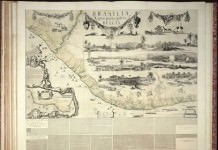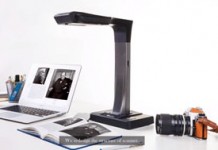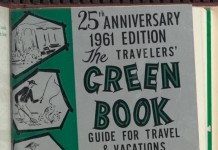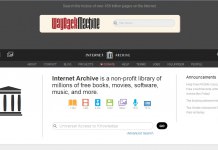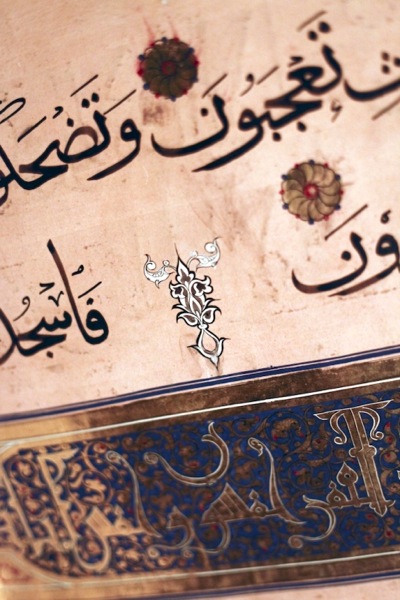
Some great images of the digitization process are available and will continue to be available on this blog. Worth a look
From a University of Manchester/John Rylands Library Announcement:
Technology is to enable scholars for the first time to study a complete manuscript of one of the world’s most important and largest Korans.
The book’s ornate 88 x 60 x 18 cm pages – the size of a large plasma television – are kept at The University of Manchester’s John Rylands Library.
Experts at the John Rylands Library are using digital technology and the internet to reunite the 470 page Rylands Koran of Kansuh al-Ghuri with two missing leaves, discovered in the 1970s at the Chester Beatty Library in Dublin.
Up to now, scholars have been unable to study the precious items – thought to be at least 500 years old – because they are too fragile.
But now, the reunited digitised resource will be freely available for research, teaching and learning using Turning the Pages technology on a dedicated website.
At least 950 images will be captured – which will be between 80 and 120 MB each – allowing their study in intricate detail. The Chester Beatty Library will supervise the digitisation of the two separated leaves.
The project has been funded by The Islamic Manuscript Association – an international non-profit organisation dedicated to protecting Islamic manuscript collections and supporting people who work with them.
Project manager Carol Burrows who is Collection and Research Support Manager at The John Rylands Library said: “We aim to create and publish a digital facsimile of this important manuscript to make it accessible to anyone with an interest in the Koran.
See Also: ”Giant 500-year-old copy of Koran too fragile to be be displayed is bigger than a flatscreen TV”
(via The Daily Mail)
More info and some great images of the digitization getting underway.
Some Fast Facts About the Koran (via The Daily Mail)
Each of the 470 pages measures 35in by 24in, the size of a large plasma screen TV.
The ornate book was written by several scribes and illuminators for Kansuh al-Ghuri, the penultimate Mameluke sultan of Egypt.
The paper it is written on was made from bombycine, a silken fabric which after sizing is polished with smooth stones so that the ink sits on the surface rather than being absorbed (similar in properties to vellum).
Historians disagree on when it was written, with estimates ranging from the second half of the 14th century to 1500.
It was kept in the sultan’s library in Cairo and was eventually acquired by the Earl of Crawford.
The Koran was one of several manuscripts which formed the Crawford Collection, artefacts acquired by various Earls of Crawford, which was bought by Enriqueta Rylands in 1901 and became part of her husband’s library the John Rylands Library.


















